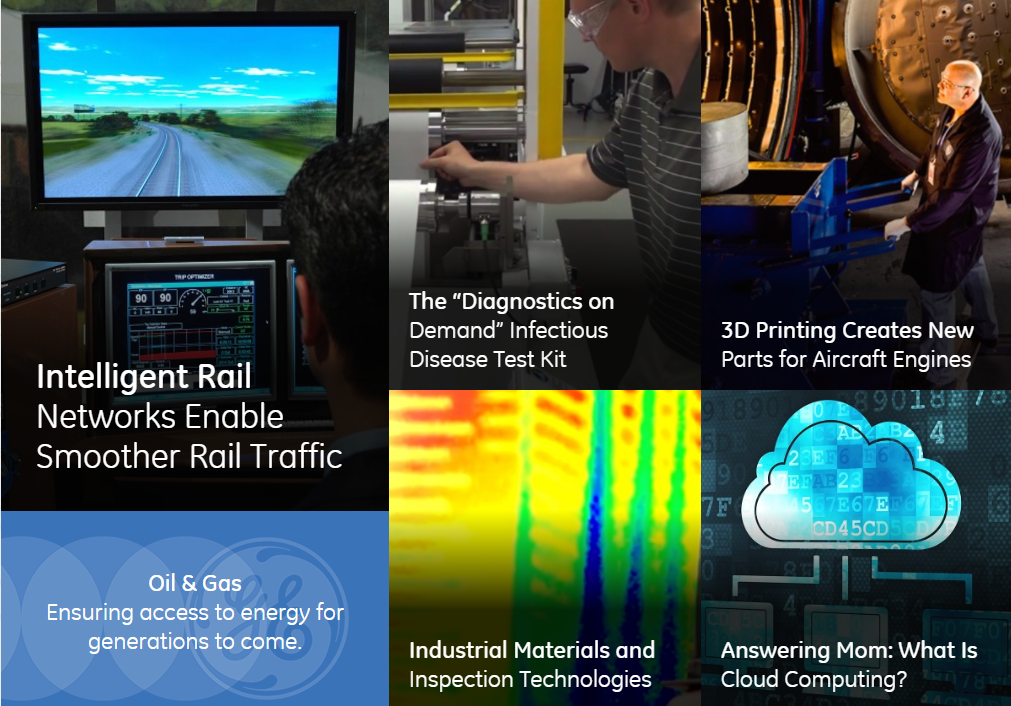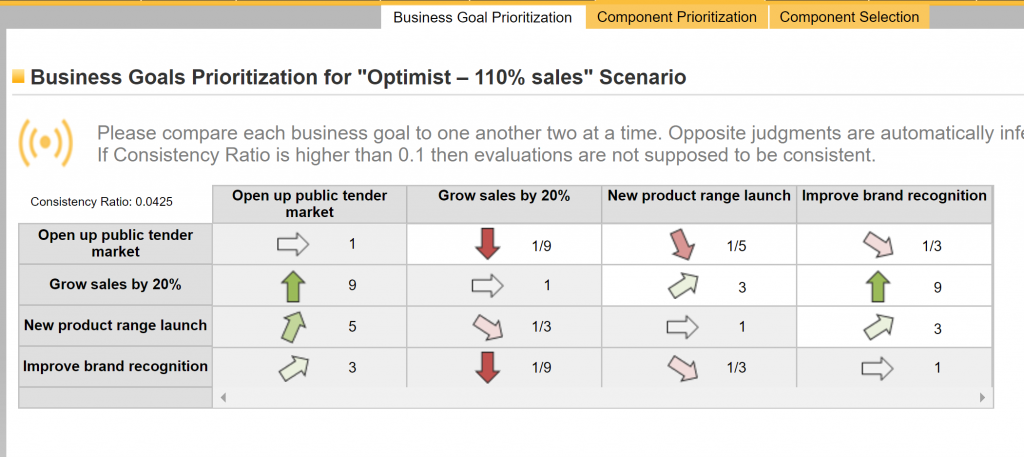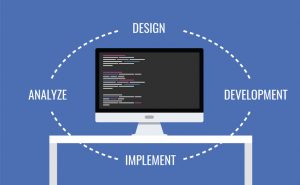
ERPs (Enterprise Resource Planning systems) are the widest and most complex category of business software. As they are dedicated to all kinds of resources management, they must coexist with other business solutions which are more dedicated to business, such as PPM systems. In this article, we provide the keys regarding the limits of each tool and tips for a successful integration.
Sometimes, at ITM Platform we receive integration requests from some of our clients’ ERPs. In the following example, we explain what the coexistence rules are between a Project Portfolio Management system and an ERP.
Why ERP and PPM should coexist: a common story
A great ticketing agency hires a business controller to carry out an evaluation of the company’s internal processes. Its mission is to suggest improvements oriented to solving data discrepancy problems which currently exist between the finance department and commercial divisions. These matters are having important political repercussions because they affect sensitive issues such as the calculation of bonus at the end of the year.
From the first moment, the expert supposes that the problem is within the business software that the company is using. Or, in other words, within the incoordination between the different management tools that have been adopted in different areas of the company, in which the CIOs figure doesn’t exist.
An ERP with duplicated information is a bad ERP
Our business controller discovers that no one has taken the effort to define information flows between ERP (a kind of a feral version of SAP) and the company’s project portfolio management system. The consequence is that there are parallel processes with divergent results whose origin is difficult to estimate. Basically, the ERP doesn’t get to capture the complexity of a project’s cost structure in which there are cost estimates, real bills, calculated costs of internal and external hours, reported and accepted…
From that moment on, a decision is taken: PPM system, oriented to business generation, should be the entry point for all the information related to the organization’s projects, so that PPM project’s financial data “rules” over ERP and disagreements can be eliminated.
This example is typical within ERP integration and project management software. Generally, it is advisable to give autonomy to PPM system in order to support the projects’ activity solvency.
5 keys to ERP’s successful integration with a PPM system
Even though each company will have different use cases and specific necessities, there are some clear recommendations for the successful integration of ERP with a PPM system.
- Let each system do its job. Data integration must be limited to what it is strictly operative. it is not advisable to design an integration which turns out to be an even greater complexity. On the other hand, orient yourself by three basic goals: avoid work duplication, avoid data divergence and promote transparency.
- Share the necessary information. In a corporate environment, there cannot be black boxes. But we aware about the amount of information you share: when transparency is perfect, informative noise can be very loud with a very high productivity cost. That is why it is often advised not to send ERP more project data than the strictly necessary to carry out administrative and financial control tasks.
- Choose a flexible PPM. Many PPM systems only send aggregated information about project costs, hindering project costs allocation to different items. By contrast, ITM Platform can send information with the desired granularity thanks to its open API (see documentation).
- Don’t slave away your project managers by forcing them to adopt the projects’ module of you ERP. As you can see down below, the best way to integrate ERP and PPM is by letting ERP be in charge of the administration and PPM face all the complexity and the flexibility that a project demands.
- Encourage collaboration around projects and the standardization within ERP. Apart from data integration, every technological integration process must face human and change management components. Designed procedures must leave enough operating space for project experts, taking advantage of communication and team cooperation systems, which sets out the PPM solution. On the other hand, ERP usually keeps to much stricter, standardized and mandatory procedures.
What sections of a project are covered by ERP?
When analyzing information systems and data flows in which a business environment is based, it is essential to know in advance what the connected areas are and possible overlaps between different platforms.
There are 4 points in which ERP administrative control layer comes into contact with projects:
- Costs
- Human resources and payroll
- Suppliers management
- CRM
In all these areas, it is crucial to design automatic flows from the portfolio management system to the ERP, specifying in each case the needed granularity and not sending invalid data as, for example, the estimated cost of a task.
What can't an ERP do?
The perception of an ERP being a business management machine which serves for any kind of activity can be a very big strain for corporate projects’ health.
For example, here are 5 areas in which ERP does not meet operative standards required by a portfolio management software
- Resources planning: even though ERP can calculate and manage resource payments, only PPM has the enough flexibility to plan the resources and to be adapted to delivered work as it is being produced.
- Project methodology: PPM tools are designed to be configurable to project methodologies in almost every environment. In addition, its functional scope is, as in ITM Platform’s case, very ambitious, gathering in one place financial and efforts data, risk planning and management, business goals, documents, deliverables, etc.
- Task management and access to team members: the work content is difficult to manage from an ERP as, generally, the number of project team members with access to the environment, as well as its collaborative characteristics, is limited.
- Portfolio view: PPM systems have prearranged project and portfolio signs and metrics which give a real-time image of the projects’ advancements, apart from allowing to work with customized exportable reports. Obtaining a similar view from an ERP means a tremendous configuration effort and hundreds of consultancy hours, while with ITM Platform it is about a few weeks.
Keep on reading:
Benefits of connecting your CRM to your project management tool
Your bank’s mobile app would not exist without unified Project Portfolio Management





 Financial services are an infallible measure of your time
Financial services are an infallible measure of your time Why make status reports?
Why make status reports? A project management office (PMO) can fulfill multiple functions related to the supervision of an organization's project portfolio, often with managerial functions and with a strategic orientation that is added to the simple control and monitoring layer.
A project management office (PMO) can fulfill multiple functions related to the supervision of an organization's project portfolio, often with managerial functions and with a strategic orientation that is added to the simple control and monitoring layer.